Assassins in Alamut Castle
Assassins
The Assassins refer to an Islamic sect called Nizari Ismailis. They were followers of Hassan-i Sabbah who gathered at Alamut Castle in the 11th century to defend the people against the oppression of the tyrannical governments of that time. The main occupation of these people was the pharmacy and export to various parts of the world. The Assassin is pronounced “Hashashin” in Arabic, and means a pharmacist or druggist. For this reason, the missionaries of this sect are Assassin.
Assassins legends
Assassination is as old as human life. The word “assassin” implies a professional killer with a high-profile target for political reasons. The “assassin” is the main Arabic word which comes to European languages during the Crusades and the Middle Ages wars. Assassin is pronounced “Hashashin” in Arabic, and means a pharmacist or druggist. During the Crusades wars and later on, the Ismaili history has combined with many myths, one of which was the use of marijuana by the Ismailis.
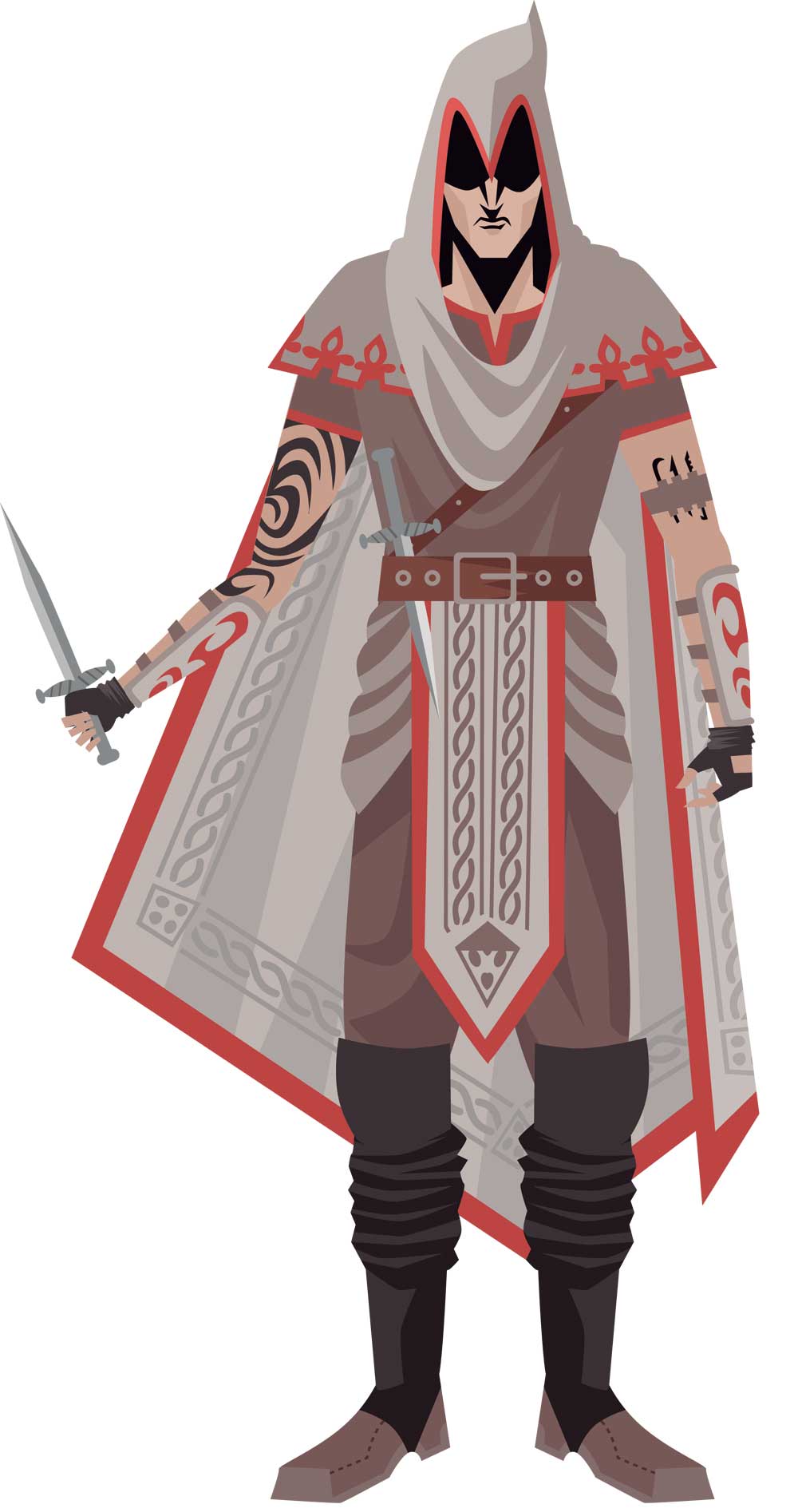
An assassin soldier kills an elected leader
Hashashin was famous for how to kill people. There has always been a halo of mystery around Hashishin as a dreaded group, so everyone adds new details to the legend of the Assassins. More ever, Marco Polo was one of the most influential people in this story. So according to Marco Polo’s narrative, Assassins’ followers went to a paradise stocked with excellent food and beautiful women by using marijuana. Then Ismaili leader told them “if you would like to go back to paradise once again, you should obey my commands.” He encouraged them to assassination and killing in this way. The Assassin refers to an Islamic sect called Nizari Ismailis.
Assassins of Alamut
The assassins of Alamut date back to the 11th and 12th centuries. The assassins of Alamut headquarter was in Alamut castle, which mountainous position had a significant advantage over its enemies. Hassan Sabbah founded the Ismaili state in Iran. According to Fitzgerald’s words in the introduction to the Rubaiyat of Omar Khayyam, he was the Seljuk minister’s close friend, Nizam al-Mulk.
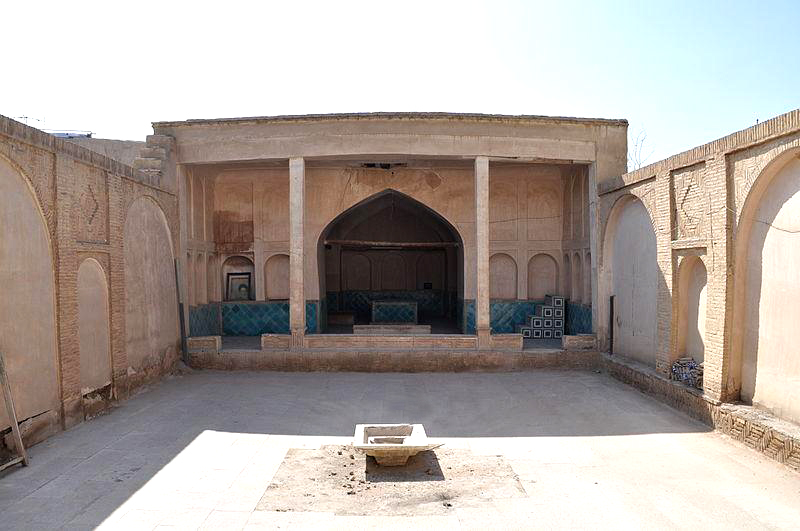
Nizam al-Mulk Mausoleum, Isfahan
Besides Alamut, Lambsar Castle, Shahdezh Castle and Rudkhan Castle were other assassins of Alamut’s basis.
In other words, Seljuks and Abbasi caliphate were among the most important enemies of the Assassin. They struck fear and daggers into the hearts of mostly princes, officials, ministers and religious figures and the crusaders. For this reason, any assassination carried out at any place referred to the Assassin. Further more, one of the reasons for knotting the word assassin with murder is the same.
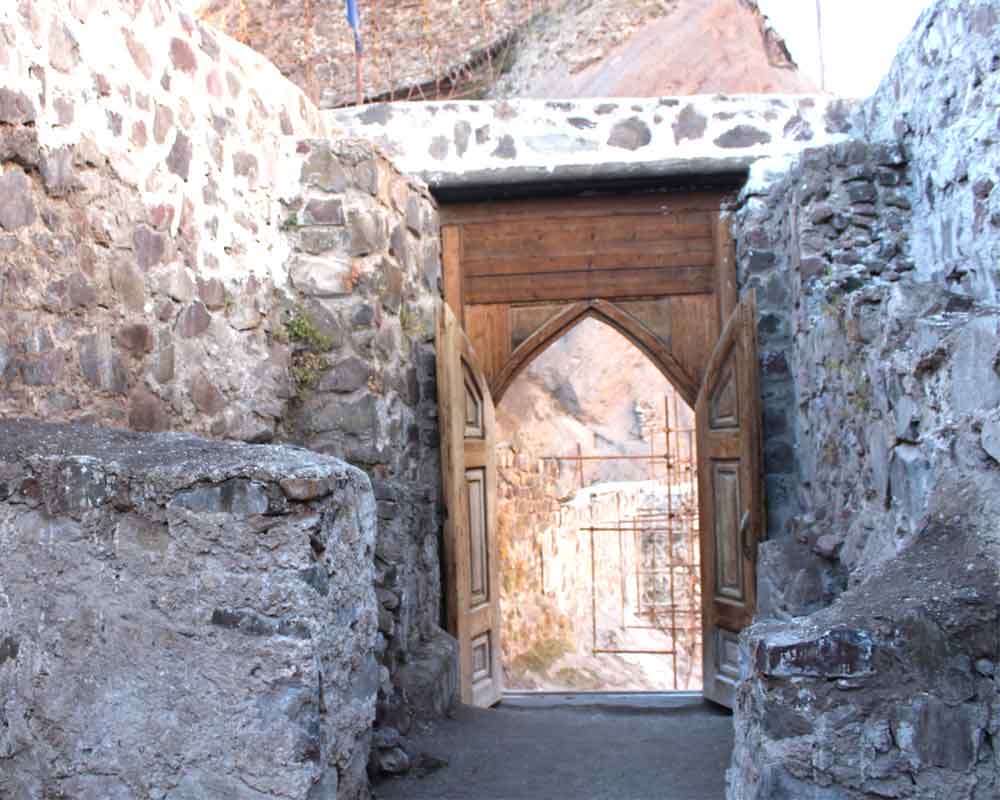
The gate of Alamut Castle
The Downfall of the Assassins
Finally, the downfall of Hashashin began when they inevitably fought against their enemies on two different fronts (Sham and Iran). While the state of Egypt was at war with the Europeans in Sham, the Ismailis as a regional power were a great danger to the ruler of Egypt. However, their most important enemy was the Mongols who eventually destroyed and eliminated their order. After several years of struggle, the Ismailis failed to maintain their own government but created the myths that have continued for many years to come.

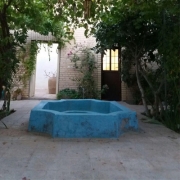
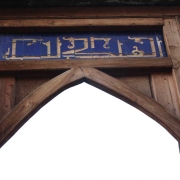

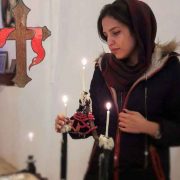
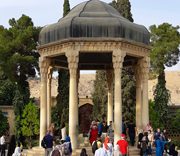




Leave a Reply
Want to join the discussion?Feel free to contribute!